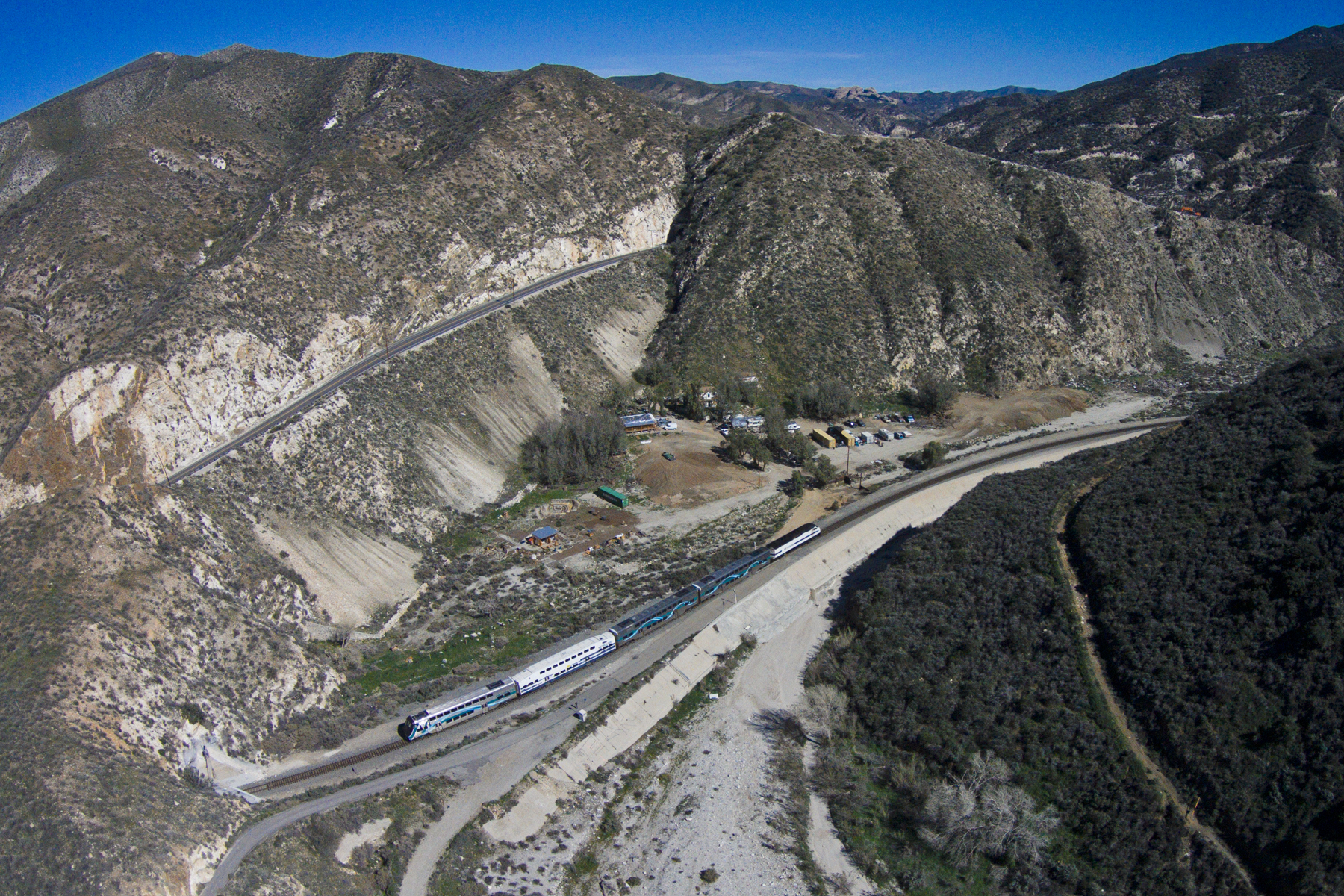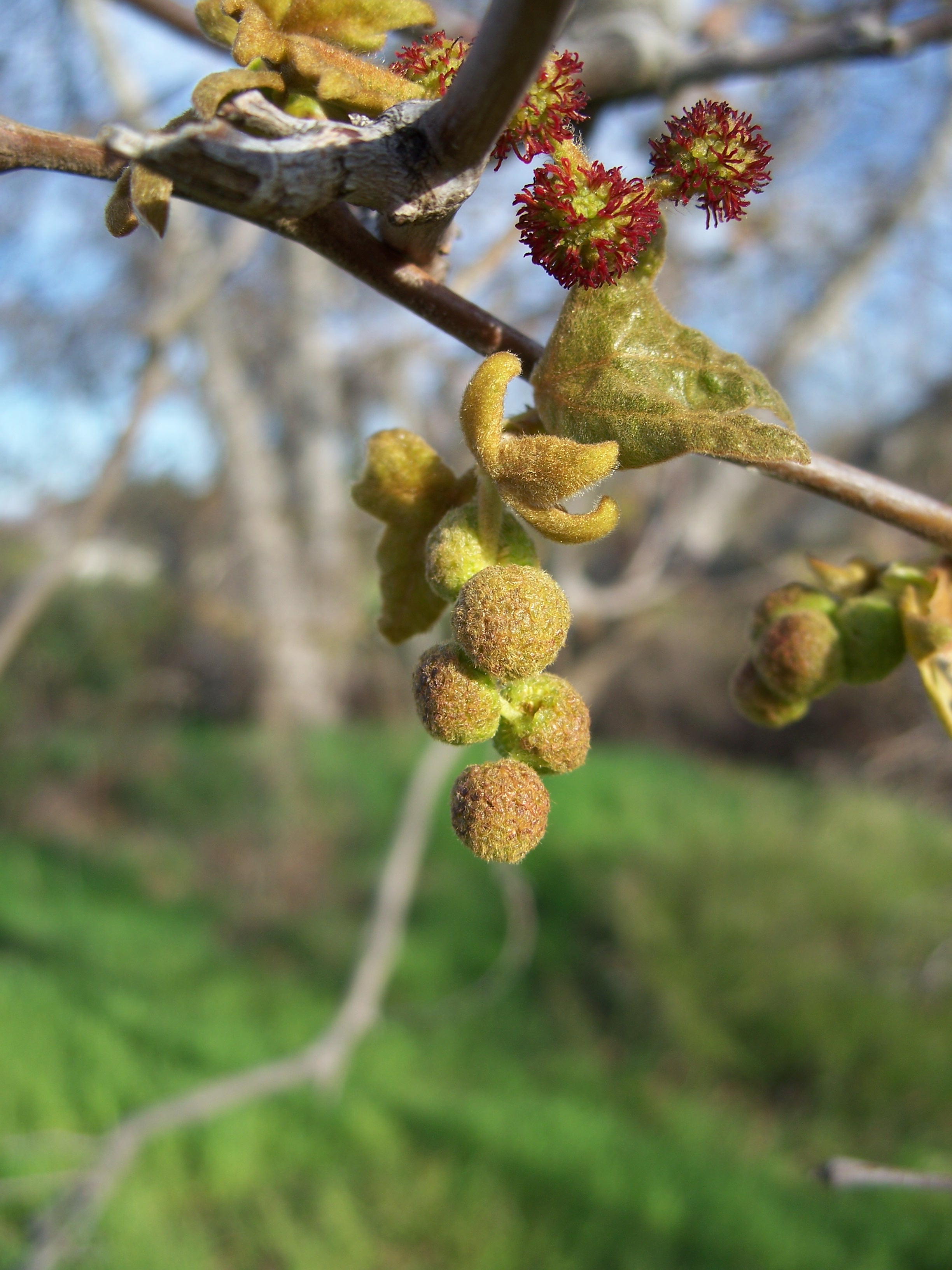|
Val Verde, California
Val Verde () ( Spanish for "Green Valley") is an unincorporated community in the southeastern Topatopa Mountains foothills, and in northwestern Los Angeles County, California. The unincorporated community of Valencia (Newhall Ranch) is southeast, and the city of Santa Clarita is east of the community. Its population was 2,468 at the 2010 census, up from 1,472 at the 2000 census. For statistical purposes the Census Bureau has defined Val Verde as a census-designated place (CDP). Geography Val Verde is located in the San Martinez Chiquito Canyon in the southeastern foothills of the Topatopa Mountains at an elevation ranging from . The canyon contains a creek with runs intermittently through the community. It is about northwest of the county seat in downtown Los Angeles and west of the community of Valencia and city of Santa Clarita. According to the United States Census Bureau, the CDP boundary has a total area of , all of it land. Vegetation The area is a coastal sage s ... [...More Info...] [...Related Items...] OR: [Wikipedia] [Google] [Baidu] |
Unincorporated Area
An unincorporated area is a parcel of land that is not governed by a local general-purpose municipal corporation. (At p. 178.) They may be governed or serviced by an encompassing unit (such as a county) or another branch of the state (such as the military). There are many unincorporated communities and areas in the United States and Canada, but many countries do not use the concept of an unincorporated area. By country Argentina In Argentina, the provinces of Chubut Province, Chubut, Córdoba Province (Argentina), Córdoba, Entre Ríos Province, Entre Ríos, Formosa Province, Formosa, Neuquén Province, Neuquén, Río Negro Province, Río Negro, San Luis Province, San Luis, Santa Cruz Province, Argentina, Santa Cruz, Santiago del Estero Province, Santiago del Estero, Tierra del Fuego Province, Argentina, Tierra del Fuego, and Tucumán Province, Tucumán have areas that are outside any municipality or commune. Australia Unlike many other countries, Australia has only local go ... [...More Info...] [...Related Items...] OR: [Wikipedia] [Google] [Baidu] |
United States Census Bureau
The United States Census Bureau, officially the Bureau of the Census, is a principal agency of the Federal statistical system, U.S. federal statistical system, responsible for producing data about the American people and American economy, economy. The U.S. Census Bureau is part of the United States Department of Commerce, U.S. Department of Commerce and its Director of the United States Census Bureau, director is appointed by the president of the United States. Currently, Ron S. Jarmin is the acting director of the U.S. Census Bureau. The Census Bureau's primary mission is conducting the United States census, U.S. census every ten years, which allocates the seats of the United States House of Representatives, U.S. House of Representatives to the U.S. state, states based on their population. The bureau's various censuses and surveys help allocate over $675 billion in federal funds every year and it assists states, local communities, and businesses in making informed decisions. T ... [...More Info...] [...Related Items...] OR: [Wikipedia] [Google] [Baidu] |
Santa Clarita Valley
The Santa Clarita Valley (SCV) is part of the upper watershed of the Santa Clara River in Southern California. The western portion of the valley was part of the Rancho San Francisco Mexican land grant. Located in Los Angeles County. The valley's main population center is the city of Santa Clarita which includes the neighborhoods of Canyon Country, Newhall, Saugus, and Valencia. Adjacent unincorporated communities include Castaic, Stevenson Ranch, Val Verde, and Valencia. Etymology The Santa Clara River was named by Spanish explorers for Clare of Assisi. The valley later became known as "little Santa Clara" in deference to the Northern California mission and city of Santa Clara, California. In time, "little Santa Clara" became "Santa Clarita". Geography The Santa Clarita Valley is bordered by the Lake Piru area, including the community of Val Verde, Los Padres National Forest, and Castaic Lake to the northwest, Sierra Pelona Mountains and Angeles National Forest t ... [...More Info...] [...Related Items...] OR: [Wikipedia] [Google] [Baidu] |
Ranchería
The Spanish word ranchería, or rancherío, refers to a small, rural settlement. In the Americas the term was applied to Indigenous peoples of the Americas, native villages or bunkhouses. Anglo-Americans adopted the term with both these meanings, usually to designate the residential area of a Ranchos of California, rancho in the Southwestern United States, American Southwest, housing aboriginal farm hands, ranch hands and their families. The term is still used in other parts of Hispanic America, Spanish America; for example, the Wayuu tribes in northern Colombia call their villages ''rancherías''. The ''Columbia Encyclopedia'' describes it as: :a type of communal settlement formerly characteristic of the Yaqui people, Yaqui Indians of Sonora, Tepehuanes of Durango, Mexico, and of various small Native American groups of the Southwestern United States, Southwestern U.S., especially in California. These clusters of dwellings were less permanent than the pueblos (see Pueblo) but mo ... [...More Info...] [...Related Items...] OR: [Wikipedia] [Google] [Baidu] |
Santa Clara River (California)
The Santa Clara River () is an longU.S. Geological Survey. National Hydrography Dataset high-resolution flowline dataThe National Map accessed March 16, 2011 river in Ventura and Los Angeles counties in Southern California. It drains parts of four ranges in the Transverse Ranges System north and northwest of Los Angeles, then flows west onto the Oxnard Plain and into the Santa Barbara Channel of the Pacific Ocean. The watershed has provided habitat for a wide array of native plants and animals and has historically supplied humans with water, fish, and fertile farmland. The northern portion of the watershed was home to the Tataviam people while the southern portion was occupied by the Chumash people. Much of the Santa Clara River Valley is used for agriculture which has limited the use of structural levees to separate the natural floodplain from the river. Although it is one of the least altered rivers in Southern California, some levees exist where the river flows through ... [...More Info...] [...Related Items...] OR: [Wikipedia] [Google] [Baidu] |
Tataviam People
The Tataviam (Kitanemuk: ''people on the south slope'') are a Native American group in Southern California. The ancestral land of the Tataviam people includes northwest present-day Los Angeles County and southern Ventura County, primarily in the upper basin of the Santa Clara River, the Santa Susana Mountains, and the Sierra Pelona Mountains. They are distinct from the Kitanemuk and the Gabrielino-Tongva peoples. Their tribal government is based in San Fernando, California, and includes the Executive Branch, the Legislative Branch, the Tribal Senate, and the Council of Elders. The current Tribal President of the Fernandeño Tataviam Band of Mission Indians is Rudy Ortega Jr., who is a descendant of the village of Tochonanga. The Tataviam are not federally recognized, which has prevented the tribe from being seen as sovereign and erased the identity of tribal members. The tribe has established an ''Acknowledge Rent'' campaign to acknowledge "the financial hardships placed ... [...More Info...] [...Related Items...] OR: [Wikipedia] [Google] [Baidu] |
Fraxinus Excelsior
''Fraxinus excelsior'', known as the ash, or European ash or common ash to distinguish it from other types of ash, is a flowering plant species in the olive family Oleaceae. It is native throughout mainland Europe east to the Caucasus and Alborz mountains, and west to Great Britain and Ireland, the latter determining its western boundary. The northernmost location is in the Trondheimsfjord region of Norway.Rushforth, K. (1999). ''Trees of Britain and Europe''. Collins . The species is widely cultivated and reportedly naturalised in New Zealand and in scattered locales in the United States and Canada. Description It is a large deciduous tree growing to (exceptionally to ) tall with a trunk up to (exceptionally to ) diameter, with a tall, narrow crown. The bark is smooth and pale grey on young trees, becoming thick and vertically fissured on old trees. The shoots are stout, greenish-grey, with jet-black buds (which distinguish it from most other ash species, which have g ... [...More Info...] [...Related Items...] OR: [Wikipedia] [Google] [Baidu] |
Silk Oak
''Grevillea robusta'', commonly known as the southern silky oak, silk oak or silky oak, silver oak or Australian silver oak, is a species of flowering plant in the family Proteaceae. Despite its common names, it is unrelated to true oaks, which belong to the family Fagaceae. ''Grevillea robusta'' is a tree, and is the largest species in its genus. It is a native of eastern coastal Australia, growing in riverine, subtropical and dry rainforest environments. Description ''Grevillea robusta'' is a fast-growing evergreen tree with a single main trunk, growing to tall. The bark is dark grey and furrowed. Its leaves are fern-like, long, wide and divided with between 11 and 31 main lobes. Each lobe is sometimes further divided into as many as four, each one linear to narrow triangular in shape. It loses many of its leaves just before flowering. The flowers are arranged in one-sided, toothbrush-like groups, sometimes branched, long. The carpel (the female part) of each flower has ... [...More Info...] [...Related Items...] OR: [Wikipedia] [Google] [Baidu] |
Cedrus Deodara
''Cedrus deodara'', the deodar cedar, Himalayan cedar, or deodar, is a species of cedar native to the Himalayas. Description It is a large evergreen coniferous tree reaching tall, exceptionally with a trunk up to in diameter. It has a conic crown with level branches and drooping branchlets. The leaves are needle-like, mostly long, occasionally up to long, slender ( thick), borne singly on long shoots, and in dense clusters of 20–30 on short shoots; they vary from bright green to glaucous blue-green in colour. The female cones are barrel-shaped, long and broad, and disintegrate when mature (in 12 months) to release the winged seeds. The male cones are long, and shed their pollen in autumn. Chemistry The bark of ''Cedrus deodara'' contains large amounts of taxifolin. The wood contains cedeodarin, ampelopsin, cedrin, cedrinoside, and deodarin (3′,4′,5,6-tetrahydroxy-8-methyl dihydroflavonol). The main components of the needle essential oil include α-terp ... [...More Info...] [...Related Items...] OR: [Wikipedia] [Google] [Baidu] |
Casuarina Cunninghamiana
''Casuarina cunninghamiana'', commonly known as river oak, river sheoak or creek oak, is a species of flowering plant in the family Casuarinaceae and is native to Australia and New Guinea. It is a tree with fissured and scaly bark, sometimes drooping branchlets, the leaves reduced to scales in whorls of 6 to 10, the fruit long containing winged seeds ( samaras) long. Description ''Casuarina cunninghamiana'' is a dioecious tree that typically grows to a height of , has a DBH of . Its bark is finely fissured, scaly and greyish brown. The branchlets are often drooping, long, the leaves reduced to scale-like teeth long, arranged in whorls of 6 to 10 around the branchlets. The sections of branchlet between the leaf whorls (the "articles") are long and wide. The flowers on male trees are arranged in spikes long, the anthers long. The female cones are on a peduncle long and sparsely covered with soft hairs. Mature cones are usually long and in diameter, the samaras long ... [...More Info...] [...Related Items...] OR: [Wikipedia] [Google] [Baidu] |
Platanus Racemosa
''Platanus racemosa'' is a species of plane tree known by several common names, including California sycamore, western sycamore, California plane tree, and in North American Spanish . ''Platanus racemosa'' is native to California and Baja California, where it grows in riparian areas, canyons, floodplains, at Spring (hydrosphere), springs and Seep (hydrology), seeps, and along streams and rivers in several types of habitats.Santa Monica Mountains National Recreation Area (N.R.A.), General Management Plan (GMP): Environmental Impact Statement. United States: n.p., 1982. It can be found as far north as Tehama County, California, Tehama and Humboldt County, California, Humboldt counties. Description This large tree grows to in height with a trunk diameter of up to one meter (three feet). The height of these trees ranges from . A specimen on the campus of Stanford University has a trunk girth (circumference) of . The trunk generally divides into two or more large trunks splitting in ... [...More Info...] [...Related Items...] OR: [Wikipedia] [Google] [Baidu] |




